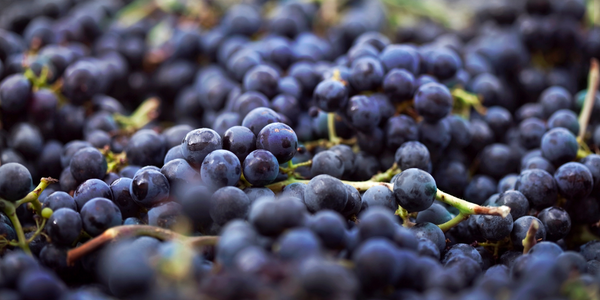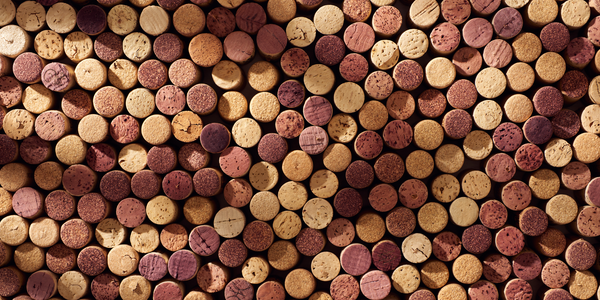Wine Tannins
Ever wondered why some red wines leave the inside of your cheeks feeling dry and sandpapery?
This sensation is caused by tannins, polyphenolic compounds found in various plants.
Grape skins, seeds and stems all contain tannins, so tannin compounds are extracted during the winemaking process when grape juice comes in contact with these parts of the grape.
Wine will also derive tannins from oak barrels, if these are used in the aging process.
What do Tannins Taste Like?
Wine tannins determine the astringency of a wine, creating distinct textures that differ between wine varieties.
A wine with higher levels of tannins might be described as bitter or ‘dry’, whereas a wine with less tannins might feel smoother or lighter on the palate.
Tannins in Red Wine
Red wines usually contain higher levels of tannins than white wines due to the fermentation process.
After harvesting, the grapes are crushed in machines to release the juice. This was traditionally done by stomping on the grapes. Sometimes the grapes will also go through a de-stemming process before the crushing begins.
The crushed grapes, including the skins and seeds, are sent into fermentation vessels. This is where red wine gets its colour, tannins, and other flavour compounds.
The skins release their pigments and tannins into the fermenting wine. Simultaneously, yeast transforms the sugars in the grape juice into alcohol and carbon dioxide.
Tannins in White Wine
White wines are often void of tannins, as the skins of the grapes are rarely used as a bed for the grape juice during fermentation.
During the crushing and pressing stages of the wine making process, white wine grape juice is separated from the skins early on to ensure minimal contact, a lighter colour, and little to no tannins.
The clarified grape juice is then transferred into fermentation vessels, where yeast is added to convert the sugars into alcohol.
There are some factors that can contribute to tannins content in white wines, including barrel aging, grape variety, & extended contact with the skins before fermentation.
What Should I Drink?
Reds
|
Monterra McLaren Vale Shiraz 2021 If you’re a fan of the ‘dry’ high-tannins experience, options like Shiraz, Cabernet Sauvignon & Malbec are excellent choices. |
 |
|
Golding the Purveyor Pinot Noir 2023 If you prefer a smoother, velvety sensation, a silky Pinot Noir or Merlot will suit you well. |
 |
Whites
|
Golding Spruiker Pinot Gris 2022 Sauvignon Blanc, Pinot Grigio, or unoaked Chardonnay are your best options for tannin-free white wine. |
 |
|
The Royal Chardonnay 2014 For the ‘dry white’ feel, go with an oak-aged Chardonnay or varieties crafted in the orange-wine style, which involves increased contact with grape skins during the fermentation process. |
 |
There’s something for everybody at Vendimia.


